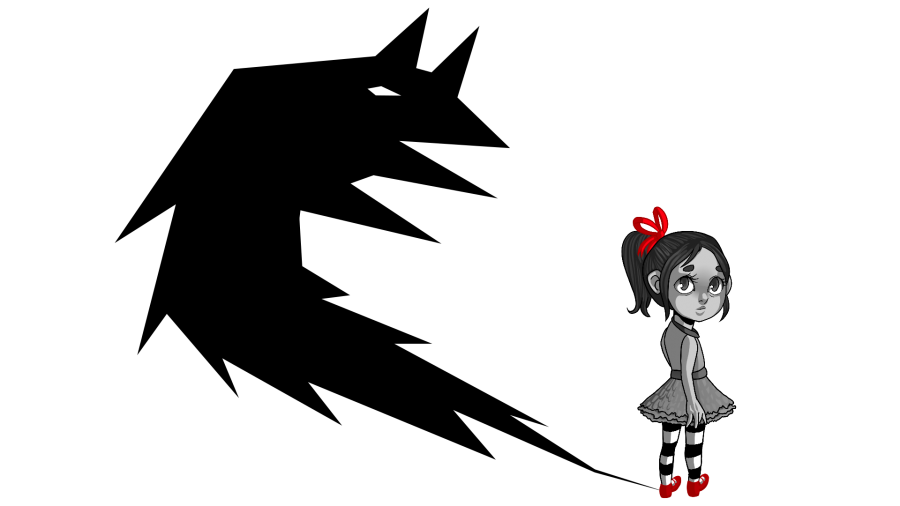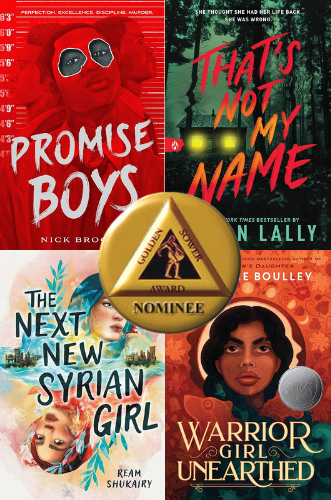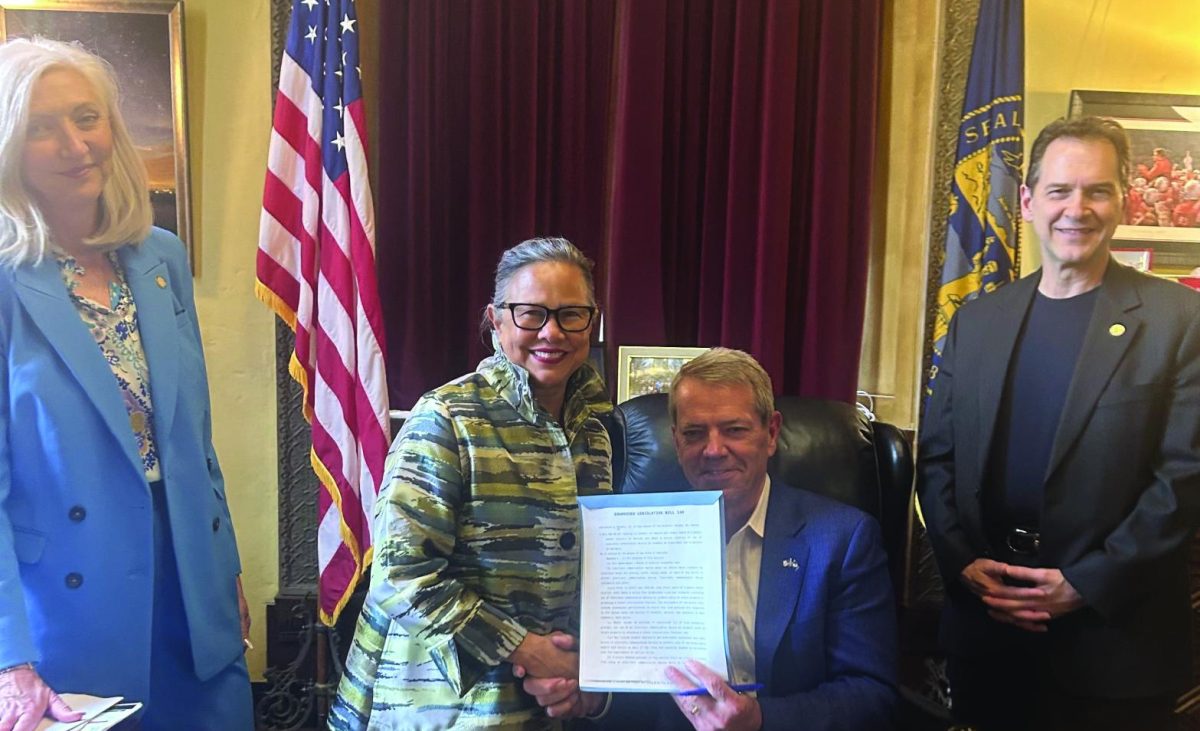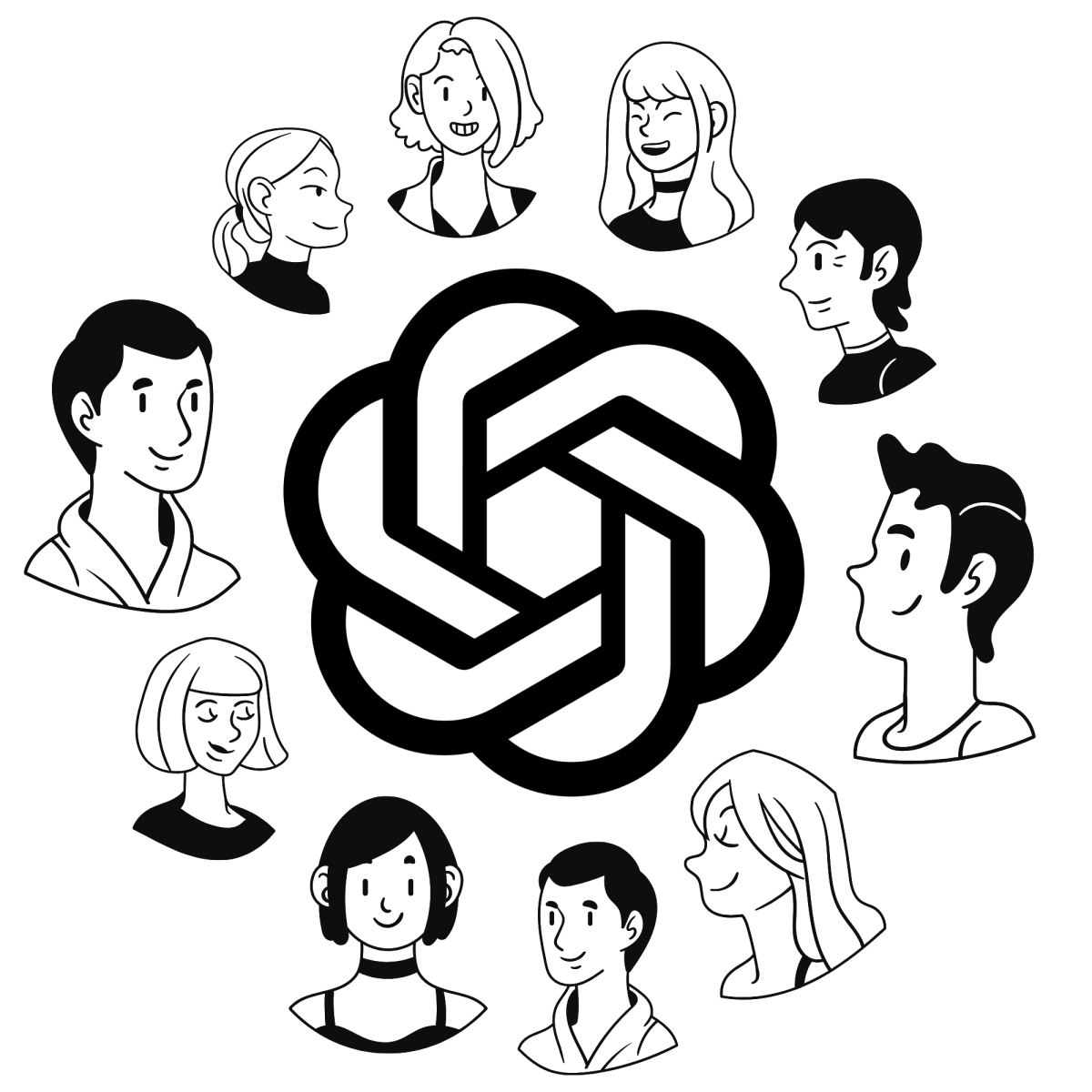By: Grace Fitzgibbon –
Southeast senior Grace Sebek has at one point lived with the fear of bathtub drains, cryptic monsters, and needles. While some may view these phobias as completely irrational, experts say that fear, whether we like it or not, is an important part of our lives. Childhood can be one of the most prominent periods in a person’s life in overcoming fears, because it forces us to face what we don’t understand with developing brains. Sometimes even an innocent cartoon can provoke a child to feel threatened by their surroundings.
“When I was young I watched the Rugrats episode where they get sucked down the drain,” said Sebek. “For a really long time I was afraid that the drain in the bathtub would suck me down every time I took a bath.”
Luckily for her, this fear is now long gone thanks to her mom, who made her stand in the bathtub to understand that the water was draining, but she wasn’t going anywhere.
As silly as her fear may seem now, all fears stem from the same evolutionary fight-or-flight response. The Washington Post writer Rachel Feltman, who wrote about her love of the horror genre despite her fears as a child, says the reaction was evolved in early humans. Our ancestors faced more imminent threats than we do today, and would have died without it .
“As our hearts speed up and we breathe more rapidly, our muscles get more blood with more oxygen in it, which is what we need to either fight the danger or flee it as fast as we can,” wrote Feltman. “A hormone called epinephrine (which you probably know as adrenaline) is released to trigger these super- powers, and it can wind your body up so tightly for action that it makes you shake in your boots.”
As for why children and even adults fear seemingly harmless things like bathtub drains, the feeling may just be rooted in the unfamiliarity of the situation.
“People fear things that they are unfamiliar with,” said Sebek. “But that shouldn’t stop us from trying new things that we are afraid of or trying to understand things that frighten us.”
Likewise, Sebek loves cryptic monster television programs, even though they cause her to wonder if something is watching her outside her home at night. The unexplained aspect of these monsters is part of a paranormal show’s appeal.
“Don’t get me wrong, they’re great and I love them, but after a while when it’s dark and it’s late, of course those things creep into your mind,” said Sebek.
Being afraid is a natural part of the human experience, and while it is less useful as a biological safety net in today’s age, it helps us grow to who we want to be tomorrow.
“Fear is okay because it pushes us to try new things and go out of our comfort zones,” said Sebek.
According to Theo Tsaousides, Ph.D, a writer for Psychology Today, the ability to be afraid is a skill
still prevalent in our lives, but it shouldn’t consume us.
“Being fearless doesn’t mean eliminating fear,” wrote Tsaousides. “Being fearless means knowing how to leverage fear.”
This means that while fear is a natural brain function, one can overcome it if they have the ability to rationalize with the reason they are afraid of it. However, many fears are simply a product of our imagination, which sometimes is the hardest to make sense of.
“We get scared because of what we imagine could happen, wrote Tsaousides. “Some neuroscientists claim that humans are the most fearful creatures on the planet be- cause of our ability to learn, think, and create fear in our minds.”
Sebek’s usual coping mechanism to avoid elevated fear of the paranormal includes walking fast at nighttime in her home to ensure she doesn’t look out the window and let her imagination run wild. While this strategy doesn’t eliminate her fear, it helps Sebek feel safe.
“I know my fear is completely ridiculous and all in my head,” said Sebek. “I’ve looked outside many times and have seen nothing, but that doesn’t mean in my mind I’m thinking someone’s not there.”
Because our fears are often so connected to our imagination, which can blow scary situations out of proportion, Sebek is able to nd the humor in her phobias now and then. As far back as she can re- member, needles have always made her inch.
“I know as an 18 year old, bawling like a little baby when I get a shot, have blood drawn, or an IV put in is stupid, but I can’t help it,” said Sebek. “I do get to laugh at myself when it’s over.”







